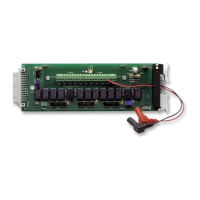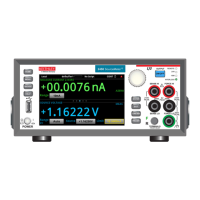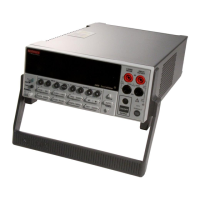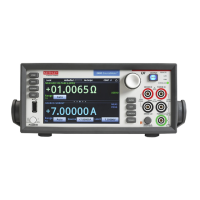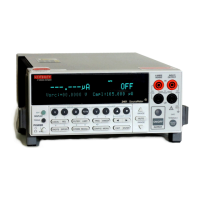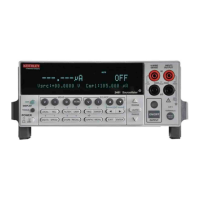ection 7: Introduction to TSP operation Model 2450 Interactive SourceMeter® Instrument
7-18 2450-901-01 Rev. B/September 2013
Where:
• myFunction: The name of the function.
• parameterX: Parameter names. To use multiple parameters, separate the names with commas.
• functionBody is the code that is executed when the function is called.
To execute a function, substitute appropriate values for parameterX and insert them into a message
formatted as:
myFunction(valueForParameterX, valueForParameterY)
Where valueForParameterX and valueForParameterY represent the values to be passed to
the function call for the given parameters.
The output you get from these examples will vary depending on the data format settings of the
instrument.
Example 1
function add_two(first_value,
second_value)
return first_value + second_value
end
Creates a variable named
that
has a variable type of function.
Output:
7
Example 2
add_three = function(first_value,
second_value, third_value)
return first_value + second_value +
third_value
end
print(add_three(3, 4, 5))
Creates a variable named add_three
that has a variable type of function.
Output:
12
Example 3
function sum_diff_ratio(first_value,
second_value)
psum = first_value + second_value
pdif = first_value - second_value
prat = first_value / second_value
return psum, pdif, prat
end
sum, diff, ratio = sum_diff_ratio(2, 3)
print(sum)
print(diff)
Returns multiple parameters (sum,
difference, and ratio of the two numbers
passed to it).
Output:
5
-1
0.66666666666667
